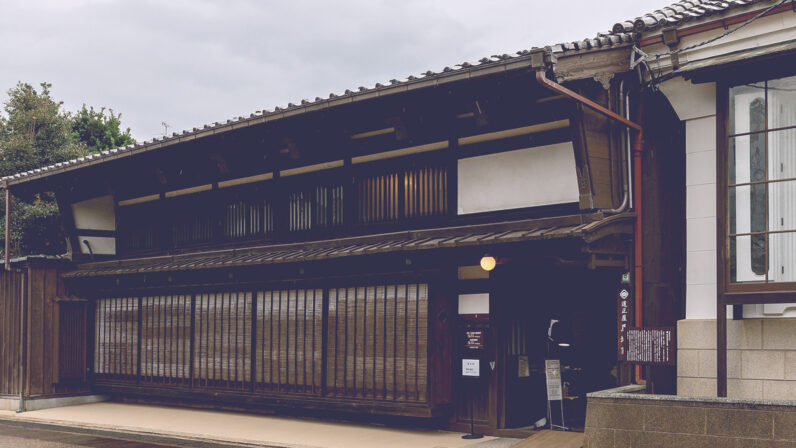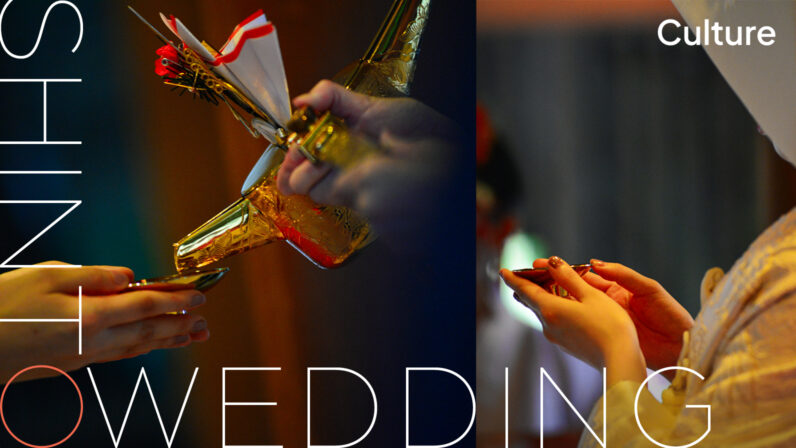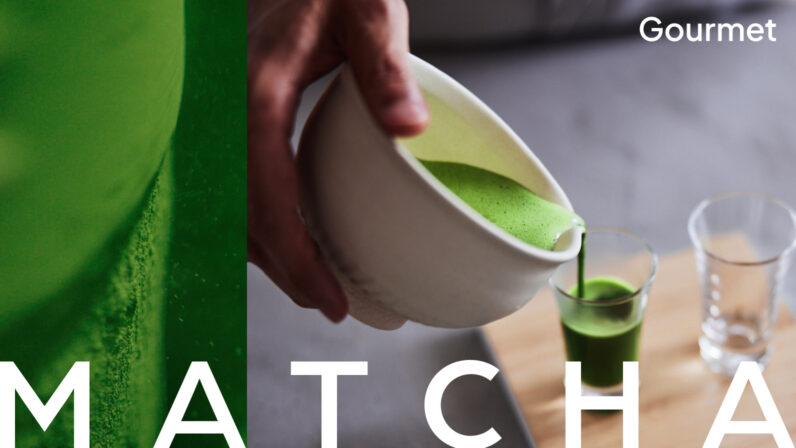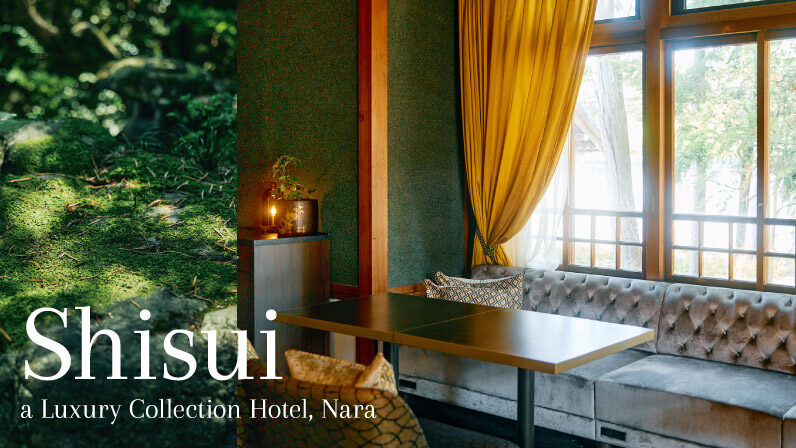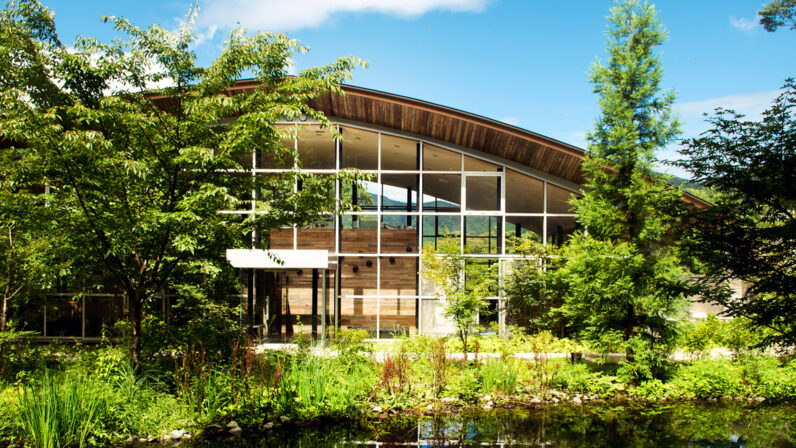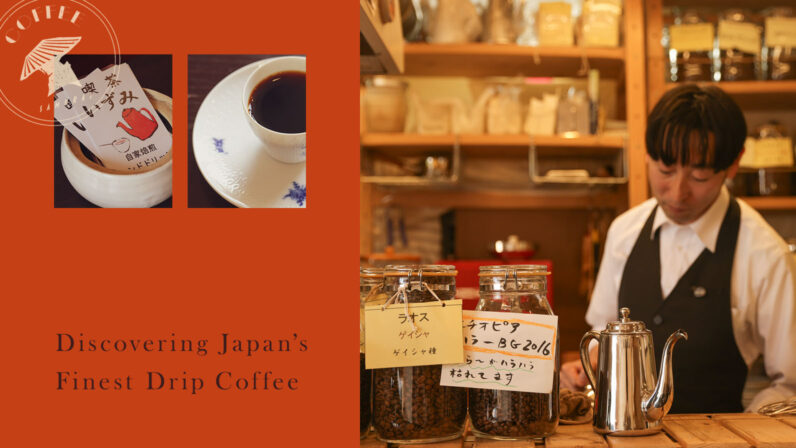Within the serene ambiance of a Shinto shrine, the bride gracefully walks over the cobblestone, her steps measured and deliberate, as the journey symbolizes her transition from one phase of life to another. Her white kimono drapes elegantly around her, with only a glimpse of her face showing under her hood, as if it were safeguarding her as she approaches the sacred space where vows will be exchanged.
An essential visit for any traveler to Japan is to visit Shinto shrines, where you can immerse yourself in the essence of Japanese spirituality firsthand. During your visit, you may even be able to witness a Shinto wedding ceremony taking place. In this segment, we will take a closer look at the significance of the wedding attire worn during Shinto weddings.
For many, the first image that comes to mind when picturing the bride in a Shinto wedding is the distinctive all-white kimono called Shiromuku and accompanying white hood, Wataboshi.
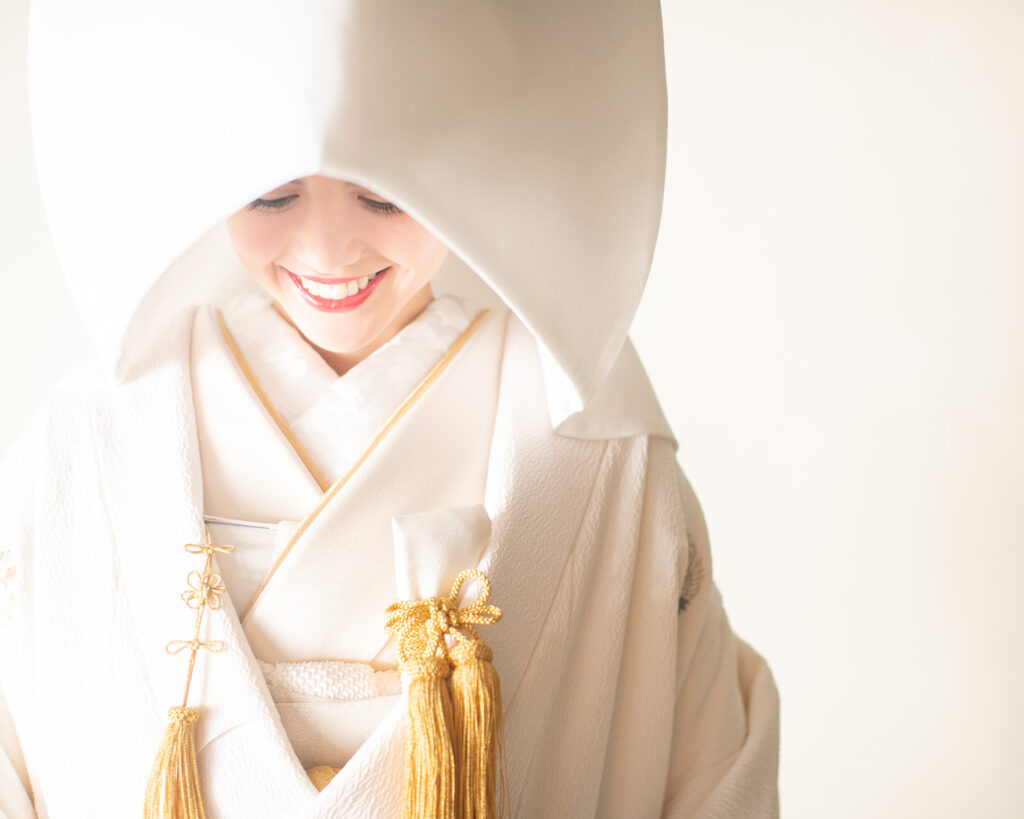
Shiromuku
Kimonos are a true embodiment of Japanese traditional craftsmanship, including dyeing, weaving, and embroidery, even more so when it comes to once-in-a lifetime celebrations such as weddings. For these special occasions, the highest level of craftsmanship is incorporated, and traditional rules and customs are followed.
To learn about the meaning behind Shiromuku and Wataboshi, we visited CUCURU, a brindle kimono specialty rental shop near Yoyogi-Hachiman station in Shibuya ward.
Three Types of Kimono
Tomomi Nitagai, a stylist at the shop, explained, “There are actually three types of Japanese kimono bridal gowns. Not only is there the Shiromuku gown that most people think of first, but also Irouchikake and Hikifurisode.“
Shiromuku
The all-white Shiromuku gown is the most treasured among kimono bridal gowns. Its use dates back to samurai society in the Muromachi period (1333–1573). The white represents the purity of the bride as well as her readiness to be metaphorically “dyed in the color of her husband’s family” when wed.
Irouchikake
Irouchikake is a formal attire from the Edo period worn by high-status women such as those in the Ooku, the residence within Edo Castle where only the Shogun’s wife, children, concubines, and female attendants resided. Ranging from gorgeously embroidered pieces to elegantly designed creations using the traditional Yuzen dyeing technique, Irouchikake uses a diverse array of patterns and color combinations, exuding a vibrant and luxurious feel. This attire offers versatile styling options, making it a popular choice for changing into during wedding receptions.
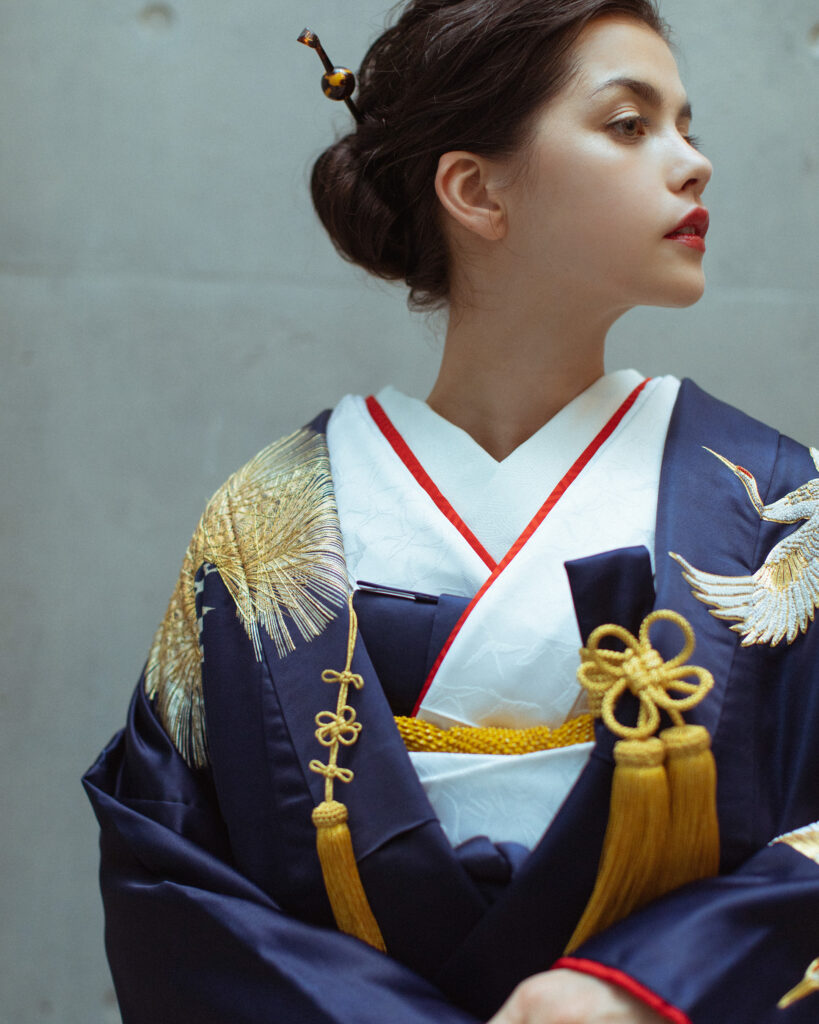
Irouchikake
Hikifurisode
Hikifurisode is named after its long, flowing sleeves, which nearly trail on the ground as one walks, creating an elegant silhouette. This style has been common in bridal attire since the Edo period. Among them, black Hikifurisode is a popular choice and is said to convey the determination “not to be dyed in anyone’s color but yours.” It remains popular as a classic outfit, embodying a sense of tradition and elegance.

Hikifurisode
Hairstyle & Accessory
Wataboshi
A part exclusive to the Shiromuku outfit is the large white hood called Wataboshi. This hood is only worn during the wedding ceremony and symbolizes the protection of the bride from evil and misfortune, as well as the notion of not revealing the bride’s face to the groom until the ceremony is complete, similar to the significance of a veil in a Western wedding dress.
Tsunokakushi
In addition to the Wataboshi worn with the Shiromuku, there is another headpiece known as the Tsunokakushi that can be worn for both the wedding ceremony and the reception. It exudes a dignified strength and is associated with the interpretation of becoming a dutiful wife by concealing one’s anger. This accessory is not limited to the Shiromuku but can also be paired with Irouchikake and Hikifurisode attire.
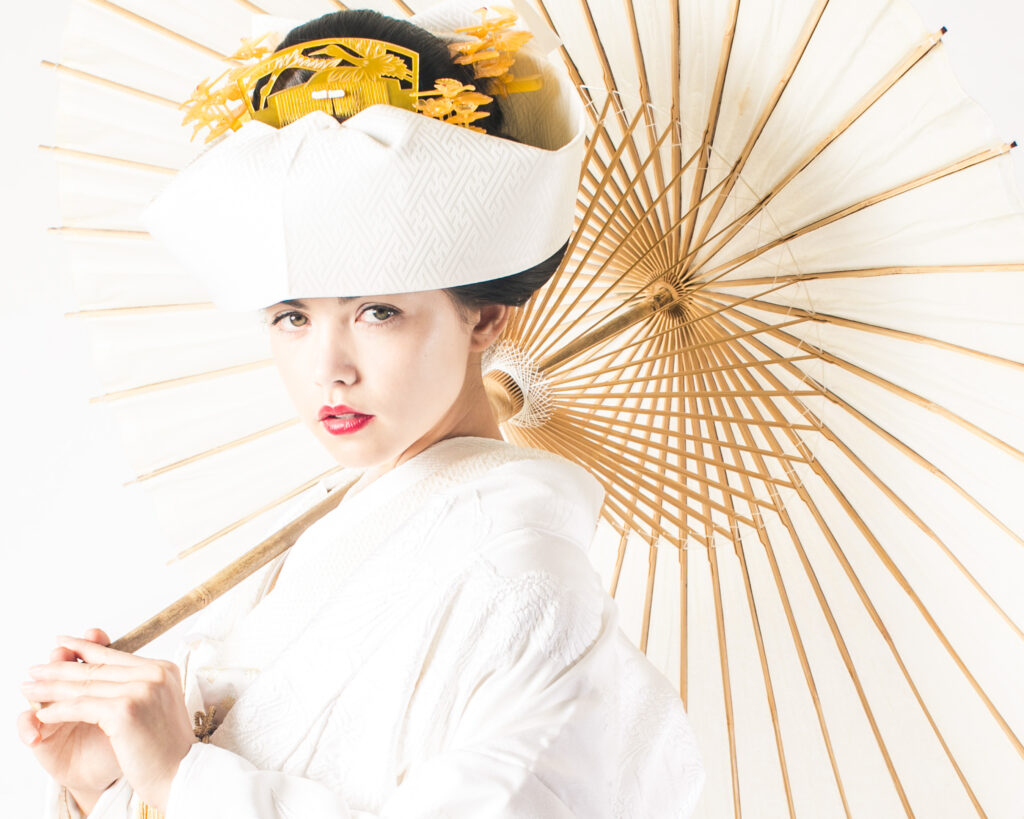

Tsunokakushi
Chest Ornaments
Ornaments are traditionally placed on the chest of the wedding gown. Originally, these included a Hakoseko, a makeup pouch used by women during the Edo period to carry brushes and rouge, or a Kaiken, a short dagger, with the belief that even as a woman, it is important to defend yourself and be prepared to take your own life with honor if the situation calls for it. Additionally, decorative accessories like the Suehiro fan, which symbolizes the fortune of expanding one’s family, can be worn as an added touch to the bride’s ensemble.

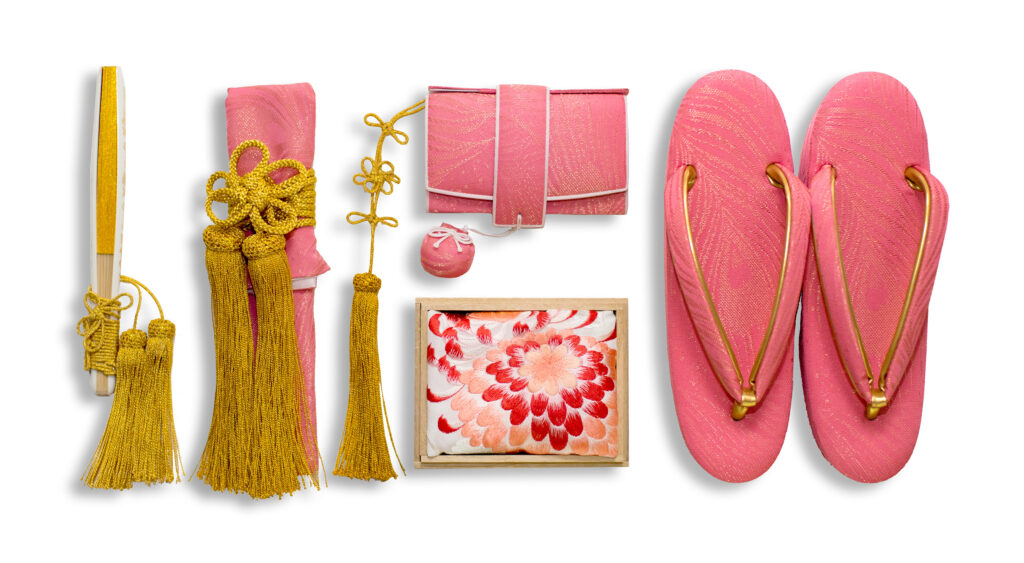

From the left:Suehiro(fan), Kaiken(short dagger), Hakoseko(pouch), Han-eri(neckpiece), Zouri (shoes)
“At CUCURU, we believe that such a unique and special day in one’s lifetime as a wedding calls for personal expression rather than adhering to set standards. We want brides to embrace their individuality and feel comfortable in their own skin. With this in mind, we create original kimonos and accessories, taking into consideration Japan’s traditional rules and customs. Our aim is to offer not only Japanese brides but also brides from around the world the opportunity to enjoy and appreciate the beauty of Japanese bridal attire.”
—Tomomi Nitagai, CUCURU Stylist
The expert stylists at CUCURU, with their deep understanding of tradition and impeccable sense of quality, are well versed in assisting any customer find the ideal ensemble of Japanese kimono attire that perfectly aligns with their own personal style. If you are interested in exploring the world of kimono for yourself, a visit is highly recommended!
Photo:CURURU
CUCURU
Address: Clartour B1F, 4-5 Motoyoyogi-cho, Shibuya-ku, Tokyo
Hours: Weekday: 10:00-20:00, Weekend: 10:00-19:00 (Closed on Tuesday and Wednesday)
Website: https://cucu-ru.com
■Related Article

Shinto Wedding Ceremonies in the Modern Age at Nogi-Jinja Shrine


